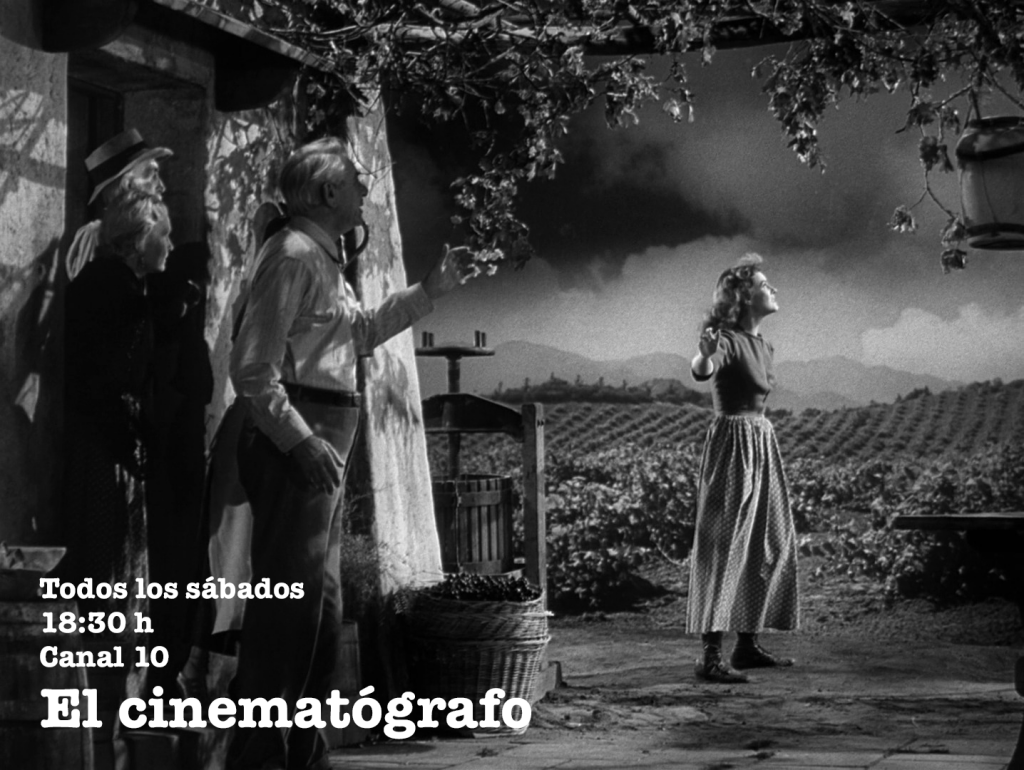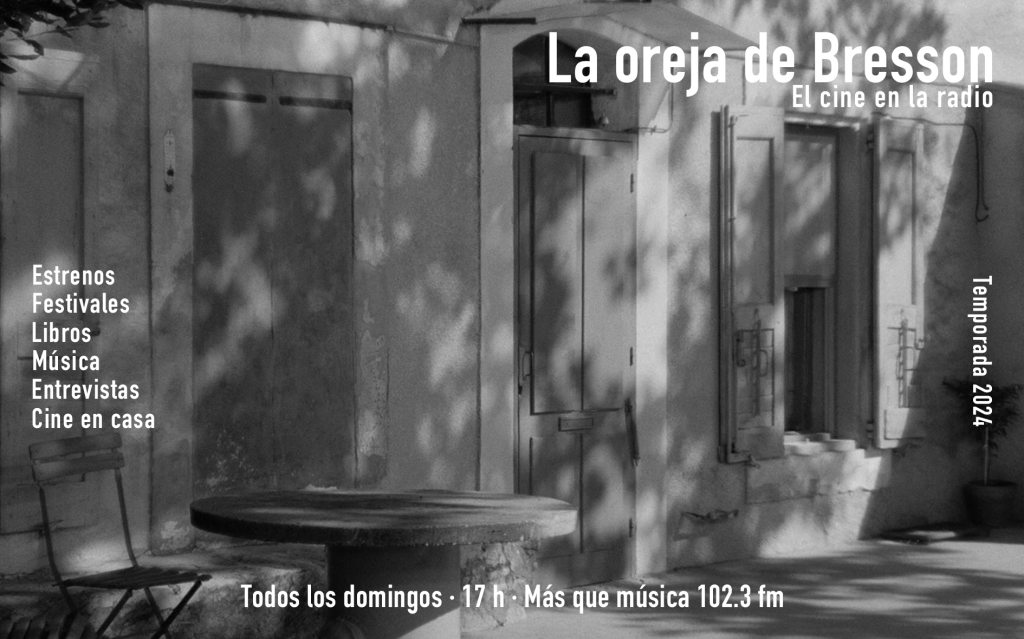
VIENNALE 2021 : THE VARIETIES OF SUBVERSIVE EXPERIENCE.
The word “subversion” is as beautiful as it is misleading, no less so than the word “art”. In 1974, Amos Vogel in his famous book made the effort to clarify what he wanted to transmit using the syntagm that is the book’s title, and in doing so decided to historicize and problematize other imperative concepts for his formulation and no less prone to interpretations that are paradoxically less subversive and even conformist. A film with political content that calls out for revolution or an experimental essay is not necessarily an undeniable case of cinema as a subversive art.
The films that make up these three programs propose an interaction between form, politics and desire, and constitute a tentative response to the question of what could be considered “subversive art” in the context of contemporary cinema under Vogel’s categories. There is an evident exception in one of the programs, a film from 1990 and another more recent one that together make a counterpoint to the current century. This inclusion responds both to the recovery of a crucial and little-seen film, and also to remembering the symbolic and material variables of the recent past that continue to reverberate as enigmatic signs in this unstable and chaotic present. The rest of the titles, with no doubt, are in the heart of the century and are enraged stimulants for feeling the subversive spirit that inspired Vogel.
***

The Southern Radicals:
Lluvia de jaulas, César González, Argentina, 2019
“I think. I am a tourist in my city.” The statement duplicates and explains the point of view, with which he observes domestic life in the shanty towns (No. 21, No. 31, “Carlos Gardel”) and its dialectical (materialistic) counterpoint along the streets of Florida and Lavalle, and also in the area around the Obelisk, ubiquitously sustained by the general approach to the film’s sound. With a direct and personal knowledge of the reality that he films, Gonzalez proposes a systematic estrangement that produces an immersion that suspends judgement and presents an way of life expelled to the margins of the social order. Repression, crime, idleness, friendship, work, drugs, the experience of the space and the relationship with the rain and the sky are represented under a sensitive order that conjures stigmatization. Everything is seen and heard in a different way, and an entire known reality collides with its reverseshot sensed but not see, and even less so felt, which stimulates us to wonder about the secret relationship between those who enjoy opulence and those who exist in the precarious order of destitution.
El triunfo de Sodoma, Goyo Anchou, Argentina, 2020
«The bone does not bend, it breaks.» The symbolic skeleton referred to is a term on everyone’s lips: patriarchy. It is not even an ideology, because many ideologies such as capitalism or speciesism can be built upon it. The theme of Anchou’s new film is just that, but what the film itself is is another matter. A documentary about the mutation of the matrix that has ordered History for centuries? A portrait of an imaginary mutant? In this film, divided into chapters with titles as irreverent as they are ingenious, the meeting between two people to have sex (or not) results in a flashback story that gathers together scenes in New Delhi, Hong Kong, Mar del Plata and other cities. This tenuous fiction is just a device for thinking about the current libidinal (dis)order, read as a symptom of a revolutionary atmosphere. Several sequences have an unquestionable documentary value, such as the first few minutes, in which a feminist demonstration in front of a church is observed, in the same manner that all the textures of the film and its chromatic games show an unclassifiable beauty: an aesthetic testimony to our current epoch in progress.
Cuatreros, Albertina Carri, Argentina, 2016
Over the course of 85 minutes, Carri deals with a figure that her sociologist father – disappeared by the Argentine military in the 1970s – dedicated a book in 1968: Isidro Velázquez. The book in question was titled Prerevolutionary Forms of Violence (Formas prerrevolucionarias de la violencia), and the clever way of citing it at the beginning bridges a two distances: the time of the book to our times, and the political position of the father to that of the daughter. The positions of the filmmaker and her father differ completely in the film. In the jargon of that time, this is a dialectical (and affective) synthesis. The controversial and mythical figure of this cuatrero (cattle rustler) was an icon of the popular rebellion. A film about this figure was also disappeared along with its director (Los Velázquez, by Pablo Szir), and many others also wanted to make that film about this enigmatic character. Carri proposes to do this. She travels to the Chaco, investigates, consults and reads her father’s book. Cuatreros is the «negative» or off-camera result of something impossible, though sufficient and satisfactory. In the end, Carri’s reasons are well understood. They are he own, but they are also public. And Velázquez has served as a stimulus she has inherited that is resurrected symbolically while at the same time becoming contemporary.
Flesh and Bites
AI at War, Florent Marcie, Francia, 2021
In his most recent film, Florent Marcie includes a companion, named Zota. A small and complicated robot that he acquired in Malaysia, Zota’s program allows it, through the means of a sophisticated algorithm, to learn. The interaction between Marcie and Zota is of an almost unbelievable order, because the latter’s learning (she has a woman’s voice) is verified in the evolution of the story and because her eyes are also a camera. The reverse shots that Marcie is seen in are literally subjective to the robot. Is it a buddy movie? In that unimaginable interaction a few years ago, one of the futures of cinema is encrypted. As has already occurred with montage in contemporary cinema, which begins to follow the circuits of associations of editors accustomed to associating and manipulating images with their hands and bringing together shots under an unstable sense of continuity, in the not too distant future there will be shots filmed and assembled by intelligent machines. Someday, moreover, a super intelligent machine will assemble 200 shots following an association pattern with unthinkable ramifications. From there a film will be born, and it will add something inconceivable in the imagination of the pioneers of cinema. And if it bears a signature, well, then there will be new discussions around the politics of the authors.
Homenaje a la obra de P. H. Gosse, Pablo Martín Weber, Argentina, 2020
«How to separate the signal from the noise?», says Weber on two occasions. The answer is none other than the clairvoyant film he has made: an homage to a 19th century man of science who felt anguish over the imminent replacement of a metaphysical order for another linked to reason and evidence. Like Gosse, who tried to find a synthesis between two periods of philosophical speculation, Weber may be disturbed by a radical transformation of the archive in which the fossil, or any such evidence, will be replaced by a data bit. Thus, he groups images obtained from different sources on the internet – from human faces created by algorithms to flowers, fossils, pedestrians and marine animals to scenes from films produced by ISIS – in which we can sense a potential dissociation of the image with respect to its reference, or to the archive and its organic correlate. That transition from an analog to a digital world is the great theme of this staggering recognition of a sensitive mind that belongs to an unimaginable world.
Cele doua executii ale Maresalului, Radu Jude, Romania, 2018
The history of Romania (and of Europe) during the 20th Century and its effects upon the contemporary world are the obsession of the insightful Romanian filmmaker. The representation of the firing squad execution of Marshal Ion Antonescu – the dictator who ruled the country from 1940 to 1944-, comparing the documentary recording of the event that took place on June 1, 1946, to the later fictionalized reconstruction in the 1990s, is the theme he has selected to work with. The ideological battle here is established between the uses of color and voice, which editorialize in excess, and the silent image in black and white that, even in its austerity, does not stop positing its ideas from a clear.
*A commissioned text for Filmmuseum and Viennale retrospective on Amos Vogel.
Roger Koza / Copyleft 2021





Últimos Comentarios